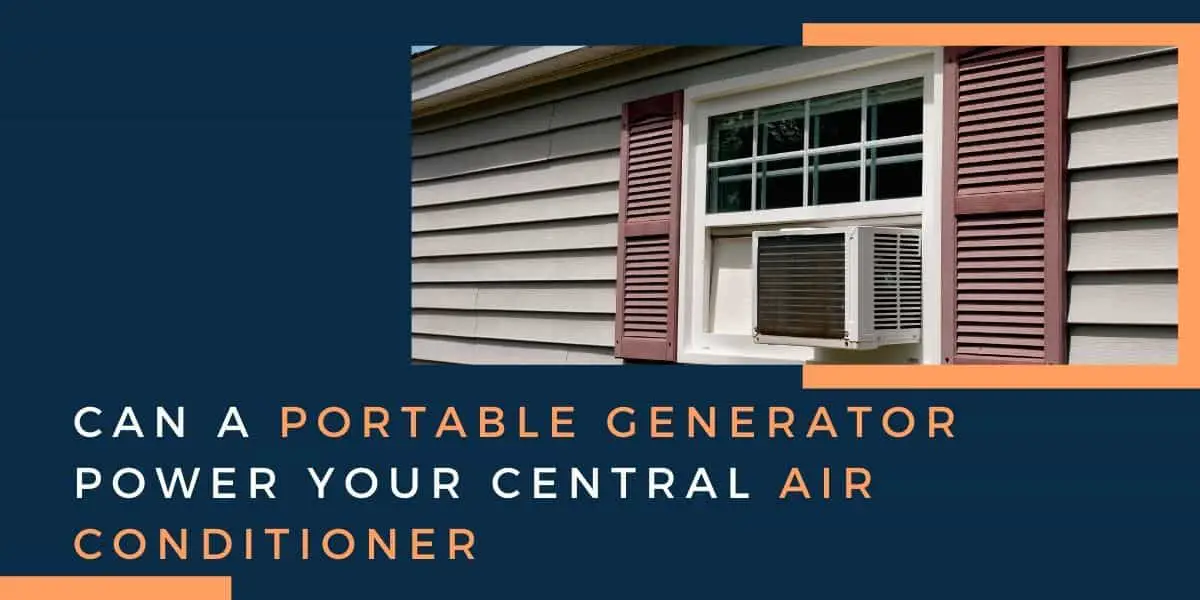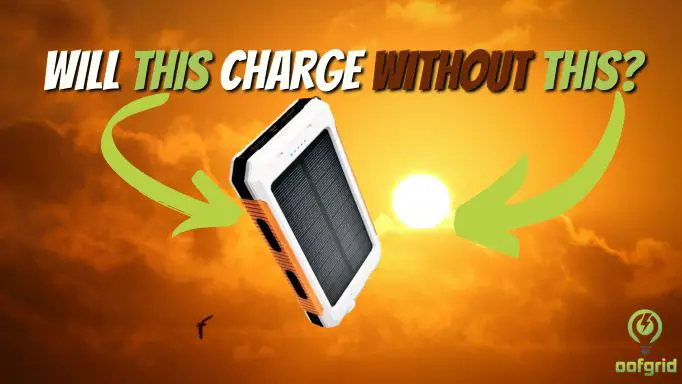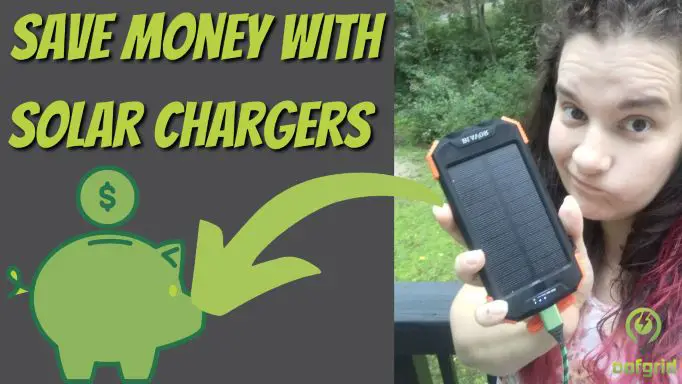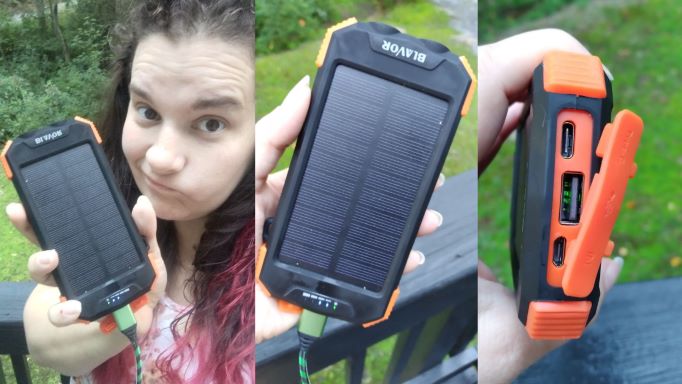The summer months of July through September are known for being some of the hottest times of the year, as well as the peak season for tropical storms. For example, for people who live in or around high-activity areas such as the Gulf of Mexico and the Atlantic Coast, staying cool during a potential power outage is a real concern.
One of the best ways to ensure that you can maintain access to much-needed appliances during a power outage is by acquiring a portable generator.
Available in a variety of price ranges from a vast array of brands, portable generators can be used to power microwaves, ovens, lights, plumbing, water heaters, and so much more.
Fortunately, it is also possible to keep your central air conditioner running during a power outage using a portable generator. However, before you get prepared to stay out of the heat during a summer storm by using a portable generator, there are a few things you should consider.
A portable generator can run your home air conditioning unit during a power outage. You’ll need to connect the generator through a transfer switch then to your circuit breaker. You’ll need a portable generator 7500 watts or bigger to ensure smooth running without interruption.
Contents
Is the connection safe?
This is the first and most important question you should ask yourself. In order to power any appliance with your generator (whether it’s air conditioning, lighting, or a coffee maker), you need to make sure that there is a safe connection between your appliances and the generator.
Most of the time, this connection is made via the circuit breaker box. The breaker box will need to have a transfer switch connected to it, and that is what you will plug the portable generator into. From there, you can choose which appliances to power with the generator via the circuit breaker box.
Note: you should always have a licensed electrician install a transfer switch. Trying to do it yourself could put your life, as well as the lives of your family members, friends, neighbors, and utility workers, at risk.
Lastly, if you ever need to run an extension cord from your portable generator to an appliance, always make sure that the cord is free from damage. A non-faulty cord can guarantee that the appliance will not only run efficiently but safely.

Is there sufficient wattage?
The portable generator and the central air conditioning system will have two different types of wattage: starting watts and running watts. Simply speaking, the starting watts is the amount required to turn an appliance on, while running watts is the amount required to operate the appliance.
In short, in order to avoid electrical harm, you should always be sure that your portable generator’s wattage is rated higher than your air conditioning system.
If it isn’t, it’s likely that the system simply won’t work, but it’s also possible that it could damage your home’s overall electrical system.
Most large portable generators on the market have the necessary capacity for starting and running wattage that can power the average central air conditioning system. However, it is crucial to do the math and be sure that everything is rated properly.
For example, during the hottest months of the year, the typical central air conditioning unit will use between 3000 and 5000 watts to cool your home for approximately 9-10 hours.
Therefore, in order to use a portable generator to power the air conditioning system during a power outage, you need to make sure that the generator you purchase is rated for higher than 5000 watts.
The safest bet would be to acquire at least a 7500-watt generator. Something like the DuroMax XP10000E below.
- POWERFUL DUROMAX ENGINE: The XP10000E is Powered by a DuroMax 18HP, 440cc DuroMax OHV Engine
- PLENTY OF POWER: With 10,000 starting watts and 8,000 running watts, this unit can handle heavy loads from lights and a refrigerator to a home air conditioner and high amperage power tools
- MX2 TECHNOLOGY: With DuroMax MX2 technology, get the maximum power from each of the 120 Volt receptacles; Choose between operating the generator at both 120V and 240V simultaneously, or at 120V only with full power
- LOW OIL SHUT-OFF: Protects your investment by automatically shutting the generator off when it senses that the oil is low.
- IDLE CONTROL: Generator lowers RPMs when not in use, saving fuel and reducing noise. Ideal in situations like on job sites where power is used intermittently.
Also be sure to keep in mind that, if you intend to run your central air conditioning system as well as various lighting fixtures and/or a refridgerator, more wattage will be needed.
Should you prioritize other appliances?
During a power outage, figuring out how to prioritize your needs is essential. Because your central air conditioning system will use up the majority of your portable generator’s power, it is important to understand how running other appliances will affect the wattage.
After all, if your generator is overloaded (forced to power more wattage that it can handle), it can be severely damaged. Furthermore, it can also put you and your family at risk if the generator malfunctions and causes a severe electrical issue.
In short, when deciding how to prioritize your electrical needs during a power outage in the summer months, you should make a list of the appliances that are of the highest priority to you.
Then, write down the starting and running wattage required to run those appliances, which is information that can be found either by referring to the owner’s manual or by conducting a quick internet search.
For example, a single light bulb usually requires 0 starting watts and 60 running watts to operate. As such, lighting is usually the simplest thing to fit into your list of priorities.
On the other hand, the average refrigerator usually needs about 2200 starting watts to power on and 700 running watts to function. Taking into account the fact that the central air conditioning system will require upwards of 5000 watts to run, appropriately calculating the amount of wattage needed from your generator is key.
Are there other options?
Sometimes, running the central air conditioner isn’t totally essential during a power outage. Perhaps the weather is just cool enough to open the windows and utilize the generator to power a few electric fans instead.
Or, perhaps you can simply make do by powering a window air conditioning unit that requires less wattage than a central system.
However, for many parts of the U.S., and particularly those who are hit hardest by tropical storms during the hottest months of the year, foregoing central air conditioning isn’t an option.
In order to ensure that you can use your portable generator to efficiently power your central air conditioning unit, consider ways that you can save electricity elsewhere.
For example, use ice and insulated coolers for items that require refrigeration and replace lighting with candles or battery-powered lamps. Methods like this will allow you to free up more wattage for your central air conditioner to run on your portable generator.
Suitable Portable generators
| Image | Title | Price | Buy |
|---|---|---|---|
 Top
Top | DuroMax XP10000E | Buy Now | |
 Top
Top | Pulsar 9500 Watts | Buy Now | |
 Top
Top | Durostar 10000 Watt | Buy Now | |
 Top
Top | WEN 11,000 Watt | Buy now | |
 Top
Top | Westinghouse 7500 Watts | Buy Now |
The Final Verdict
In short, you never know what life is going to throw at you. Similarly, it’s also difficult to predict what kinds of events might occur that will affect your home’s electricity, whether it is a storm, a natural disaster, or a utility accident.
The best way to be prepared for anything that comes your way is by investing in a portable generator that can keep you and your family both safe and comfortable.
Losing your power during the hottest months of the year can be just as detrimental as losing power during the coldest months, so ensuring that you have a portable generator that is capable of powering your central air conditioning system is key for comfort in trying times.
Remember to always ensure a safe connection, confirm the wattage needed, and prioritize your appliance needs. Have a plan in place ahead of time so that you can stay cool, calm, and collected when life is anything but!






